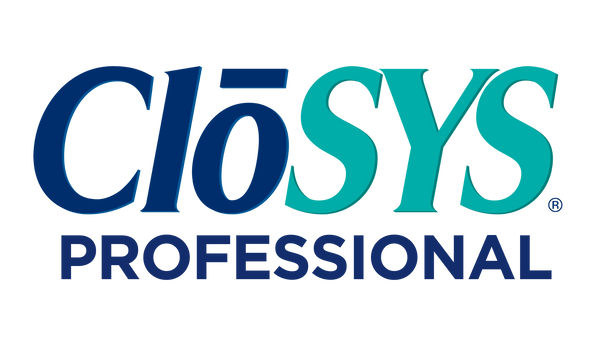College of Dental Medicine - AZ, Midwestern University, Glendale AZ, USA

Introduction
Aerosolization of potentially infectious agents is a risk in many routine dental procedures. A pre procedural rinse may mitigate risk by neutralizing bacterial load in saliva. This in vivo study tested the antibacterial effects of four commercial rinses and a control in patients at a large university dental clinic.
Methods
Saliva samples were collected from 93 patients prior to their routine dental hygiene appointments and again after a 5 minute wait. Participants were randomly assigned into 1 of 5 treatment groups. RNA was extracted and RT qPCR run with bacterial 16S universal primer set. The effectiveness of each rinse was calculated as the percent reduction of target nucleic acids between pre and post rinse samples.
Results
CloSYS Ultra Sensitive rinse, a stabilized chlorine dioxide rinse, showed the greatest reduction in bacterial concentration, while hydrogen peroxide rinse had the lowest mean reduction, but highest variability.
